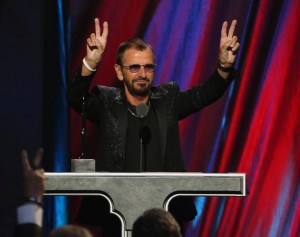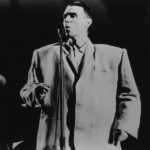As a professional, you attend many public events, community functions and business trade shows. How do you show up to those events? Are you investing the time to make a favorable first impression with other professionals or are you there just for the freebies? Whatever you choose, it shows.
Last week I attended a popular annual business expo in my area. Being fully present in every encounter, I was more mindful of my actions. I enjoyed meeting business owners and company representatives. I exchanged several business cards, registered for a few giveaways, received a few free items and enjoyed a few snacks along the way. The key word here is few. I also reconnected with some colleagues I hadn’t seen in a while. Throughout it all, I shared meaningful conversations. When I reflected on my time at the business expo, I realized that I had truly enjoyed myself because I brought purpose and mindfulness to each encounter. I wasn’t just exchanging small talk and business cards with vendors just to load my free bag with free stuff. I was selective about who I spent time with. As a result, I can remember every face, every name and every conversation.
If you attend public functions just to load up on free goodies, you’re missing one crucial point: People are observing your behavior and watching you as you approach them. They are examining your body language and listening to your words. They are gauging your level of interest in them, their product or service. They know that there are many prospects and new contacts that they can begin building relationships with in that first minute of the conversation. All they want is an opportunity to make a connection with you.
How do you “show up” at public events? Are you engaging, dignified and professional while talking with people or specific vendors who you want to meet? OR Do you walk around the event with a bulging bag of free stuff and spaghetti sauce on your chin? What first impression are you making? Choose wisely.











